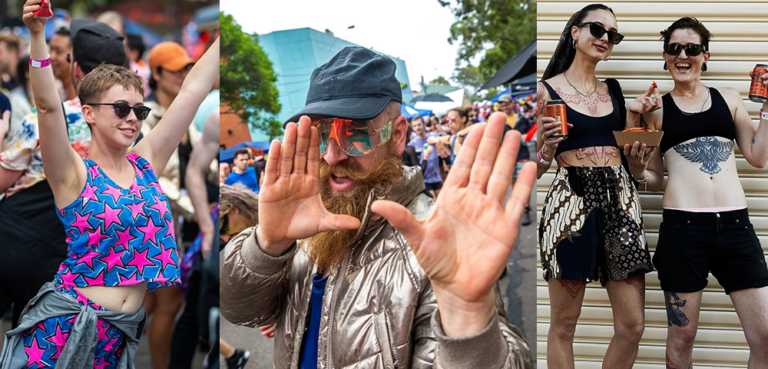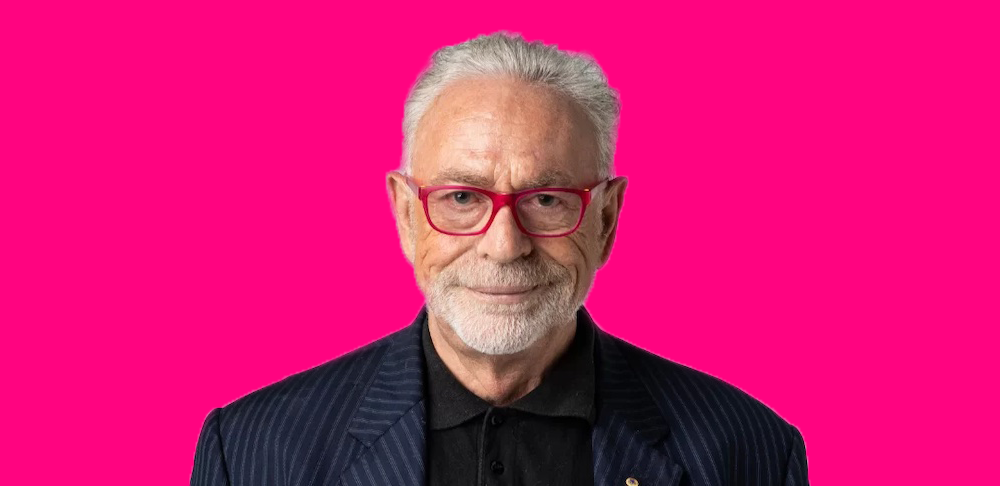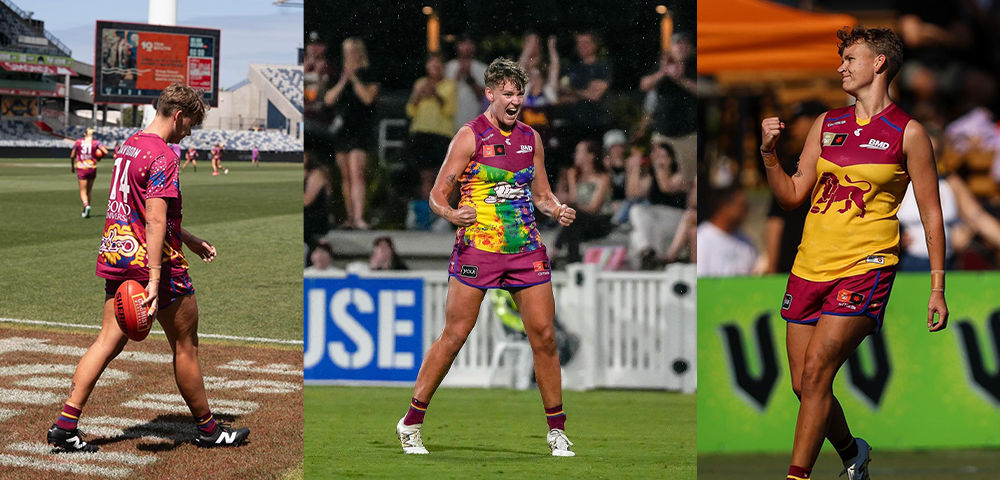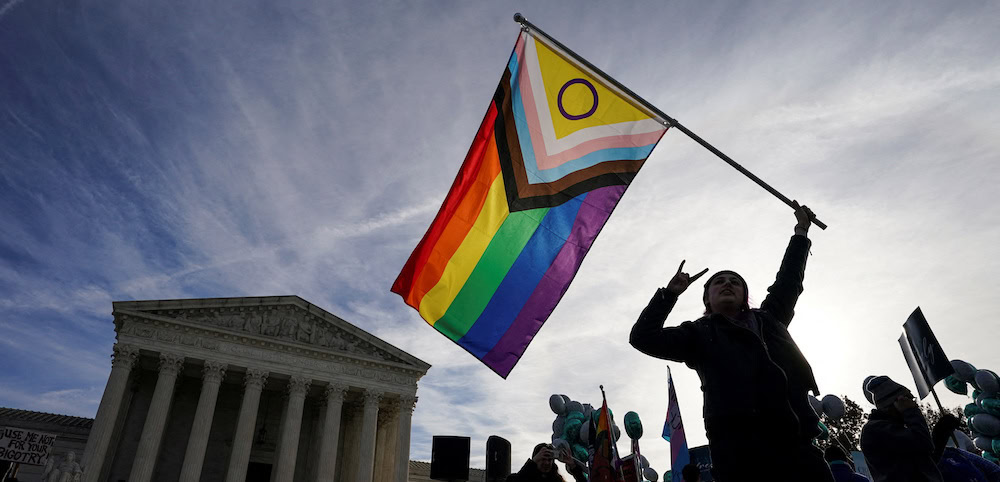
Gaps in HIV diagnosis and treatment for women and migrants
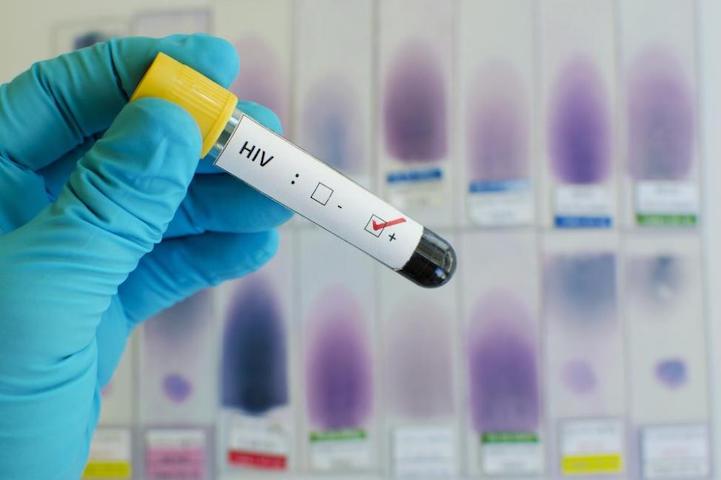
Australia is well on its way to meet UNAIDS 2020 fast track targets of 90-90-90 (90% of people living with HIV are diagnosed, 90% of those diagnosed are on treatment, and 90% of those on treatment have achieved viral suppression) by 2020 and 95-95-95 by 2030.
A new Burnet Institute-led study that looked at figures between 2013 and 2017 has revealed the existence of significant and sustained gaps in the HIV diagnosis and care cascade among subpopulations like women, migrant populations and overseas-born gay and bisexual men when these numbers are compared to non-migrants.
According to the lead author of the study, Dr Tafireyi Marukutira, Research Officer, Burnett Institute, the “inequality in diagnosis and treatment” is an important gap in Australia’s HIV response that has been impressive thus far.
“The problem is that since 2012, we’ve had an average of 1000 new infections in Australia every year. While the trend is going down, it is not going down as fast as our progress towards the UNAIDS 90-90-90 targets.
“We asked ourselves, ‘if we are reaching 90-90-90 that fast, shouldn’t we be seeing a significant decline in new HIV infections already?'” said Dr Marukutira.
“So we took a closer look at these key sub-populations and what we found confirmed our thinking – that migrants had lower rates of testing, diagnosis and treatment, exposing a big gap in the HIV prevention cascade resulting in fewer migrants living with HIV who have suppressed virus,”
The study, published in the journal PLOS Medicine, and conducted in collaboration with Monash University, the Kirby Institute, UNSW and University of Melbourne, further identified that the diagnosis and treatments rates did not improve for women over time.
“Women, irrespective of migration status had lower HIV testing and treatment rates. While the numbers are small, this is concerning considering that elsewhere, young women are also lagging behind.
“We know that viral suppression for women on treatment was high, because the treatment works. In Australia the emphasis has been on gay and bisexual men, but it is important to emphasize that women are not spared,” said Dr Marukutira.
Thorne Harbour CEO Simon Ruth says that it is important to take communities along in the HIV epidemic response.
“We’re seeing some remarkable progress in our response to HIV. That being said, as we draw closer to the virtual elimination of no new HIV transmissions in Australia, we need to ensure we bring all communities with us as we move forward.
“There are a range of issues at play when it comes to addressing HIV amongst migrant men who have sex with men and international students. Access to information, testing and treatment is vital for these populations.
“We’re continuing to work on culturally appropriate resources and interventions to provide health promotion and information to these communities, but we’re going to need the health care system to match this with testing and treatment service access,” said Ruth.
According to the Burnett study, “migrants often faced barriers to healthcare access because of their migration status, socio-cultural influence, financial constraints, and stigma.”
Dr Marukutira pointed out that the study emphasised that targeted public health and awareness campaigns should:
- Encourage migrants, especially those who are gay and bisexual men and from Southeast Asia to get tested early and frequently.
- Encourage GPs to think proactively about offering an HIV test for patients who may benefit.
- Address stigma as a serious and ongoing barrier to testing, and
- Promote the availability of specialist community clinics, which provide free HIV testing and treatment.
Last week, in a separate media statement, not connected with the Burnett study, Catherine Leane, Chair of Femfatales, Australia’s National Network of Women Living with HIV, had raised concerns over the assumption that HIV was not an issue for women.
“Around 10 percent of the population of people living with HIV in Australia are women. We are often hidden in plain sight, invisible in our HIV response, living with inequality in silence and secrecy…
“By the time women who have contracted HIV are diagnosed, they bear the signs of significant immune system damage, and many newly diagnosed women present with an AIDS-defining illness,” said Leane.
The statement sought access to HIV testing for women on par with men.


